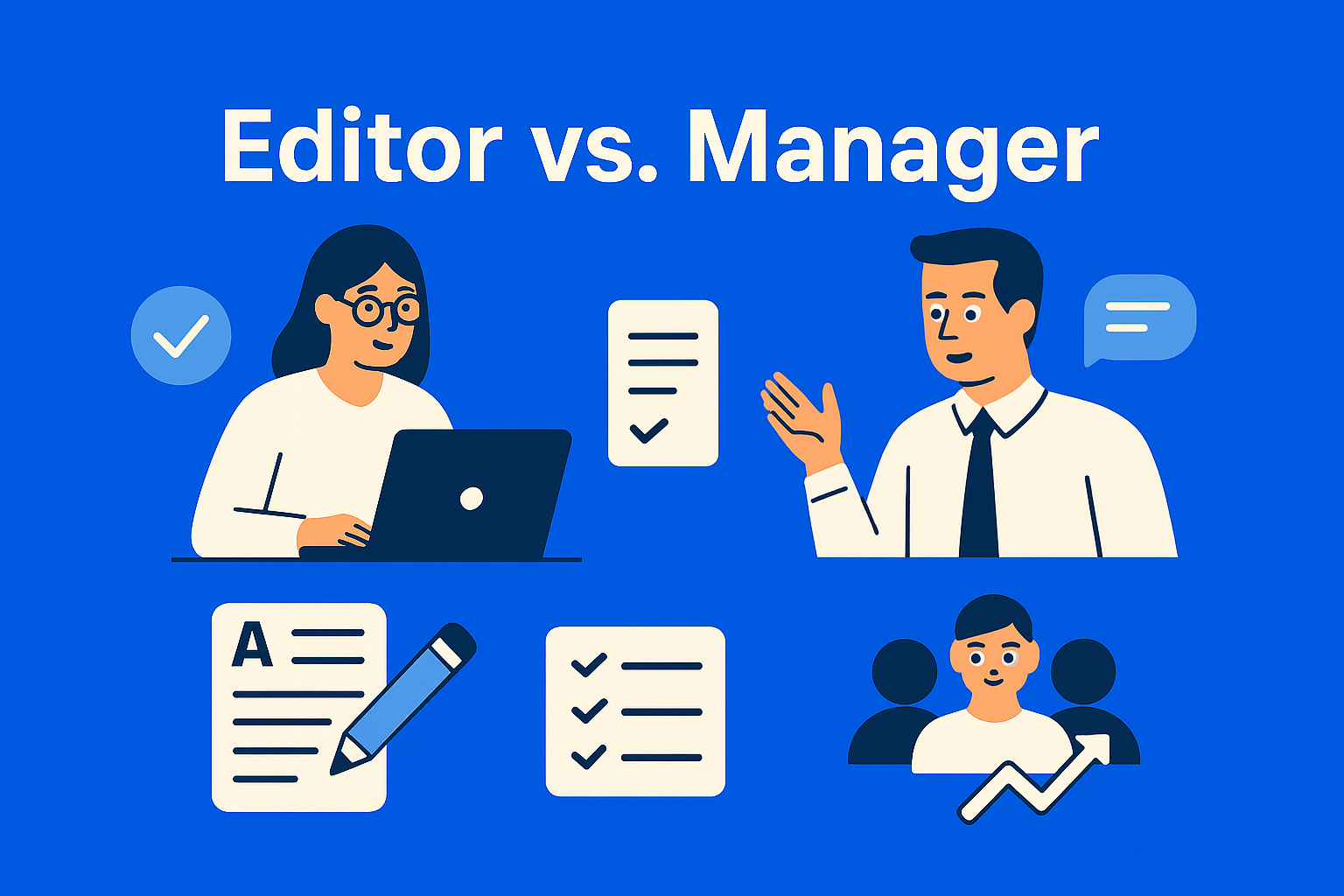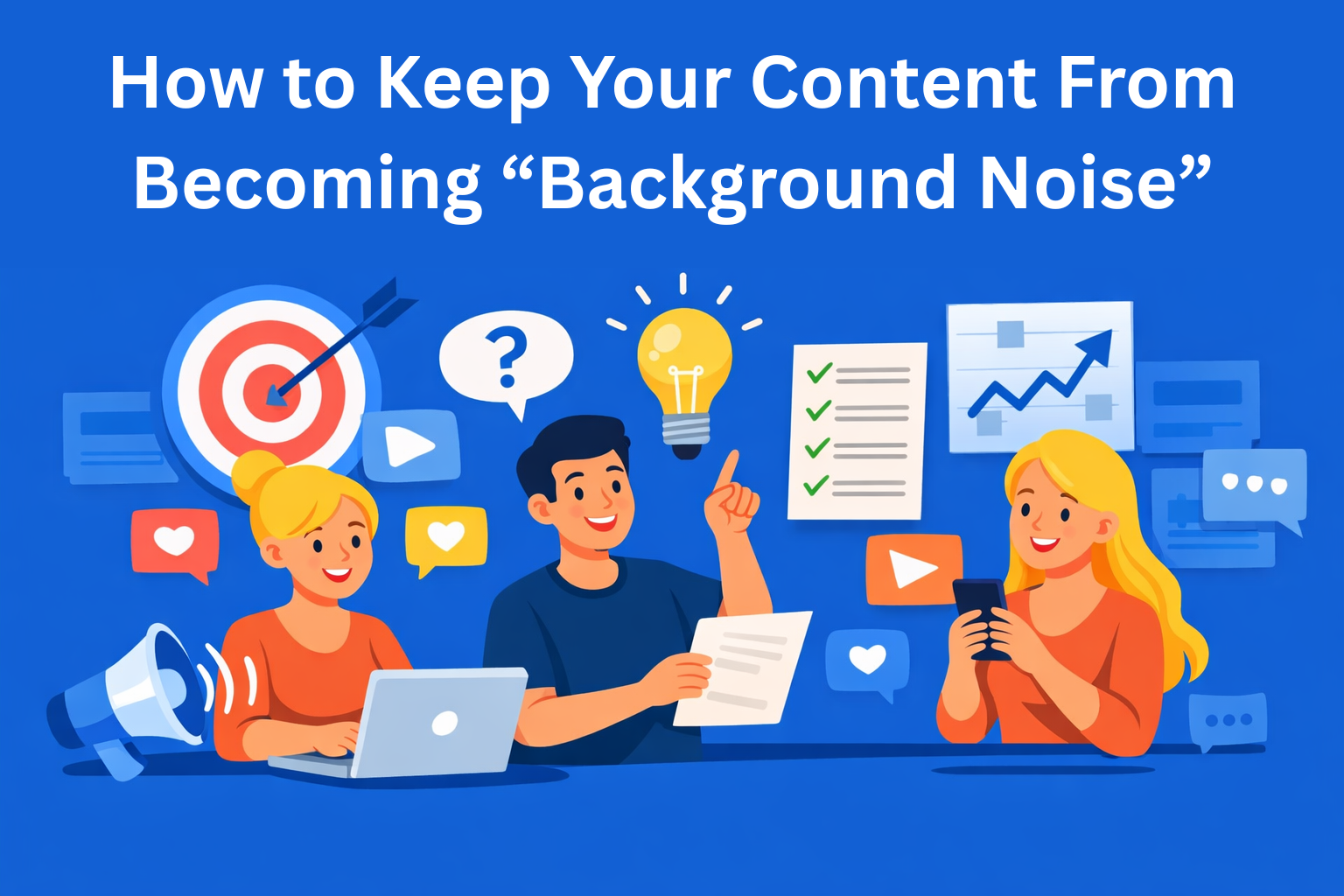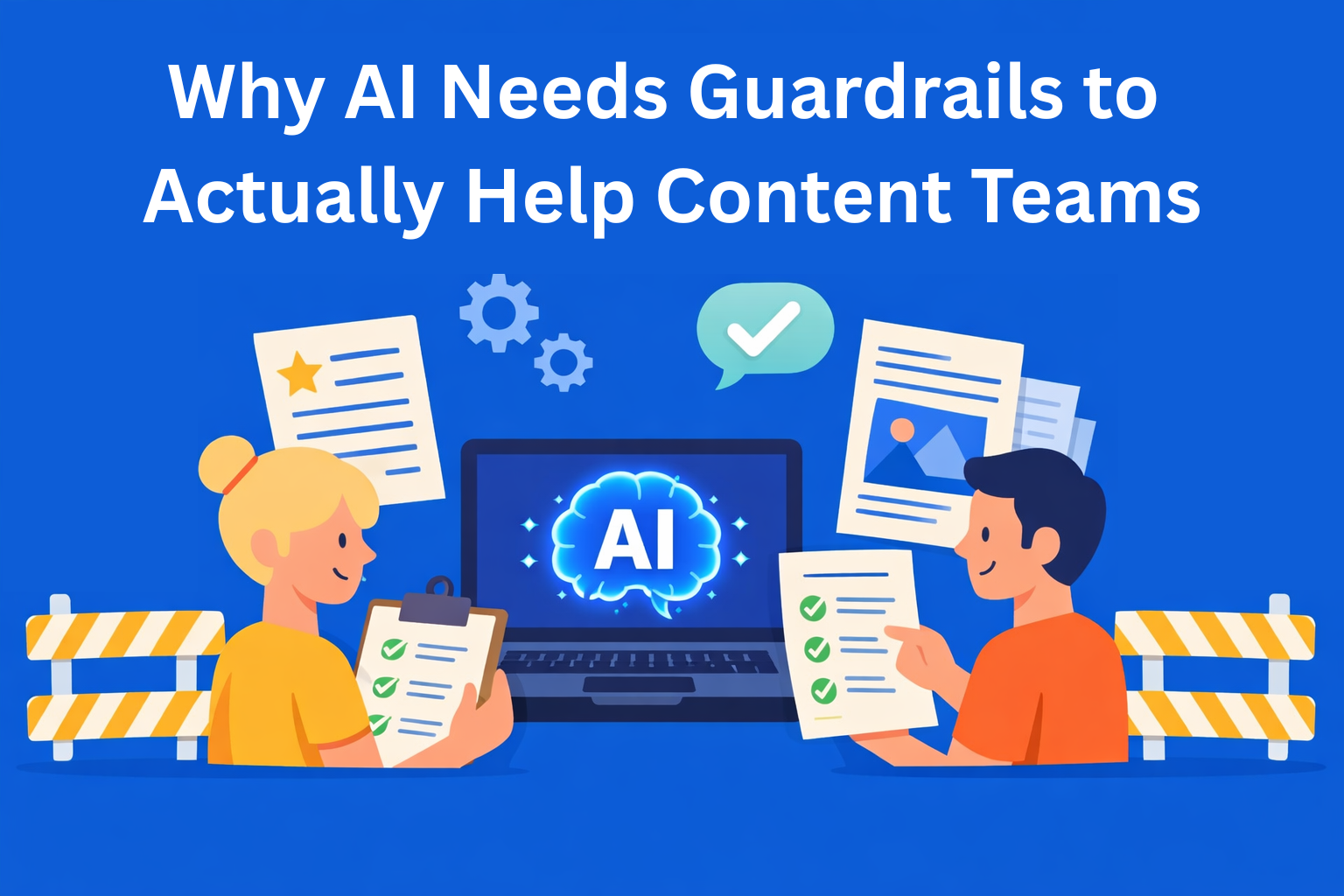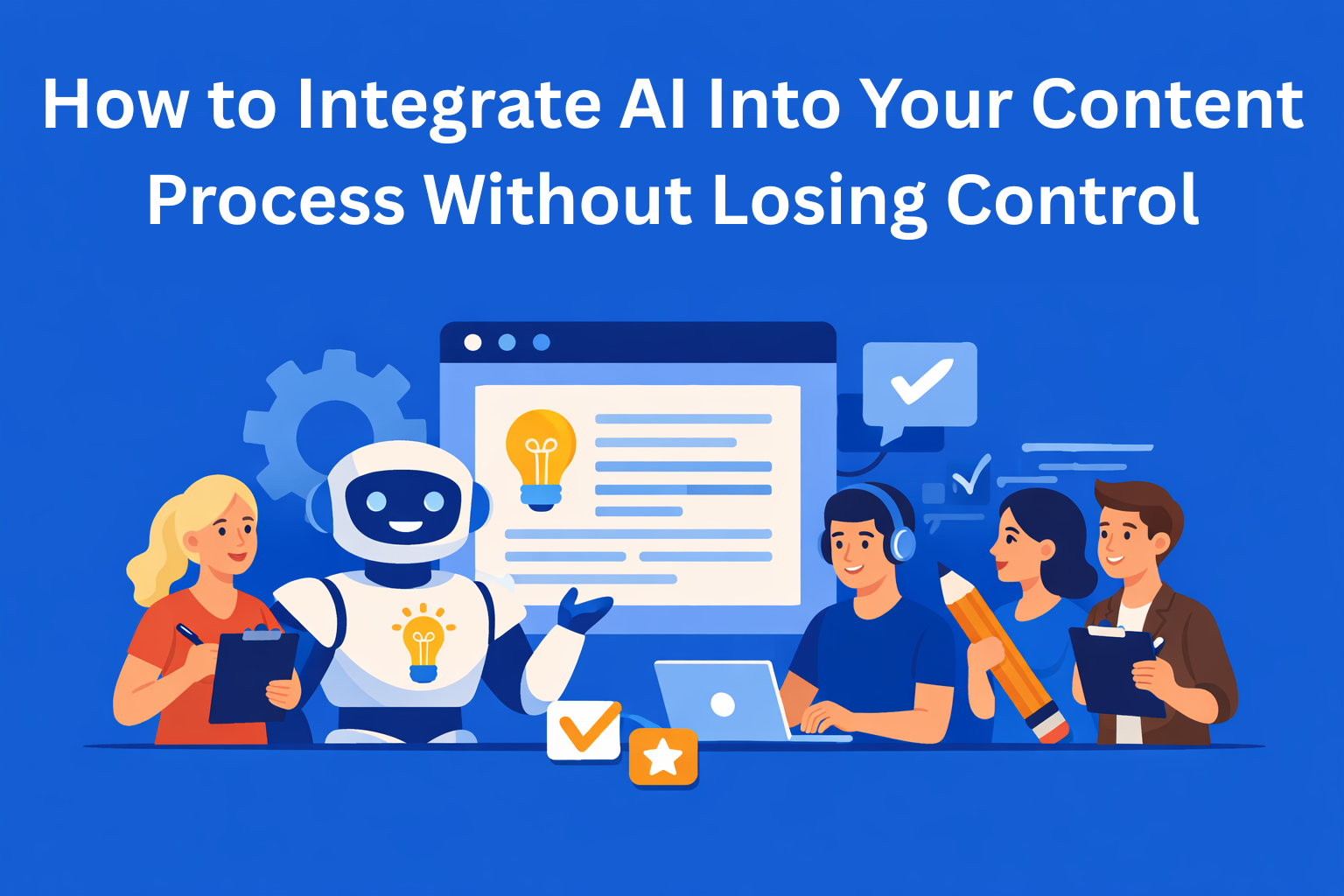Editor and Manager: Tips for Successfully Handling Both Roles
Learn how to balance editing and team management without burning out. Discover practical tips and how tools like EasyContent can streamline your workflow, improve collaboration, and help you lead with confidence.

If you work as an editor, but you're not just someone who fixes texts, but also a person who leads a team, assigns tasks, motivates colleagues, and pushes projects forward, you know how demanding that is. In that combination, it's easy to lose track. How to be both a detailed editor and an efficient team leader without burning out?
Today, we’ll talk about how to align the two important roles you have - editing content and leading a team. We’ll share simple tips, common obstacles, and useful tools (like EasyContent) that can help you stay organized, efficient, and keep both roles without giving up either.
Key Takeaways
- Editors in leadership roles face dual demands - balancing detailed content work with team oversight and strategic planning.
- Context switching kills productivity - block time for deep editing and reduce distractions during creative tasks.
- Delegation builds trust and efficiency - empower your team to take ownership of tasks and decisions.
- Emotional intelligence matters - mentorship-style feedback improves morale and team performance.
- Tools like EasyContent reduce chaos - by streamlining workflows, clarifying roles, and centralizing collaboration.
Editor vs. Manager: Where’s the line?
The role of the editor comes down to content quality: language, tone, style, grammar, consistency. An editor knows how to spot and fix subtle nuances that make the difference between an average and an excellent text.
The manager, on the other hand, leads people: sets goals, delegates, organizes meetings, and carefully balances team dynamics. Their focus is on people and processes.
But in practice? These roles intertwine every day. An editor who leads a team needs to know where the line is: when they should fix the text themselves, and when it's better to guide the writer on how to improve it.
Main challenges of balancing
- Loss of focus (context switching) - Editorial work requires deep concentration, while the managerial side is full of pings, messages, and urgent decisions.
- Micromanagement - Editors often want everything to go through their hands. The problem? That kills autonomy and slows down the team.
- Creative vs. operational thinking - Looking for the best metaphor and thinking about deadlines at the same time is a recipe for frustration.
These are daily challenges for anyone who wears both the editor and manager hats.
How to find balance: practical strategies
1. Block out calendar time for deep work
Organize your day so that you have uninterrupted periods for focus - at least 2 hours a day. That period is just for editing, with no messages, emails, or meetings.
2. Delegate without guilt
You don’t have to do it all. Use the strength of your team. If someone is good at writing introductions - let them lead. If someone knows SEO - let them add the meta data themselves.
3. Prioritize by impact, not urgency
Not everything has to be done today. Focus on what brings the most value: content going to the client, or a key campaign article.
4. Use the right tools for organization
This is where EasyContent comes in - a platform that helps you keep everything under control, without burning out.
Imagine being able to:
- See all deadlines and tasks in one place
- Track the progress of each article through status steps (e.g., "Draft," "Review," "Ready to Publish")
- Delegate tasks and automatically send reminders to the team
- Edit content in real time with colleagues (without endless emails)
That’s exactly what EasyContent does. No more searching through documents and emails. Everything is clear and in one place.
Emotional intelligence: the secret weapon of a good leader
An editor who leads a team needs to understand how people feel. A tired writer won’t give their best. Feedback delivered in the wrong tone can kill motivation.
That’s where empathy comes in. Listening. Asking questions like "How’s it going?", "Where are you stuck?"
When you give criticism - give it as a mentor, not as an inspector. "This part has a great rhythm, but let’s connect it better with the next paragraph." - that’s much more effective than just saying: "This isn’t good."
In that context, platforms like EasyContent offer real-time commenting and suggestion features - which means you can give feedback while everyone is still working on the text, instead of being three days late.
Practical example from experience
Let’s imagine editor Sophia, who leads a team of 6 writers in a digital agency. Until recently, she did everything in Google Docs, Slack, and Excel. Every text was a puzzle: where is it, who’s working on it, what’s missing?
Sophia switches to EasyContent. She sets up a template for blog posts, defines the steps from draft to publish, and delegates tasks.
Each team member knows:
- What they’re working on
- How far along they are
- Who’s giving them feedback
Sophia no longer has to ask 20 times, "Where’s the text?" Instead, she does what she loves: editing and mentoring.
Conclusion: You don’t have to choose - you can do both
The roles of editor and manager don’t have to be in conflict. With the right tools, clear organization, and a bit of emotional intelligence, you can stay focused on content and be a present leader to your team.
If you recognize yourself in this description, consider introducing tools like EasyContent. It won’t solve all your problems, but it will give you a system that supports your work, instead of making it harder.
And remember: a good editor cares about the text, but a great editor also cares about the people who create it.






